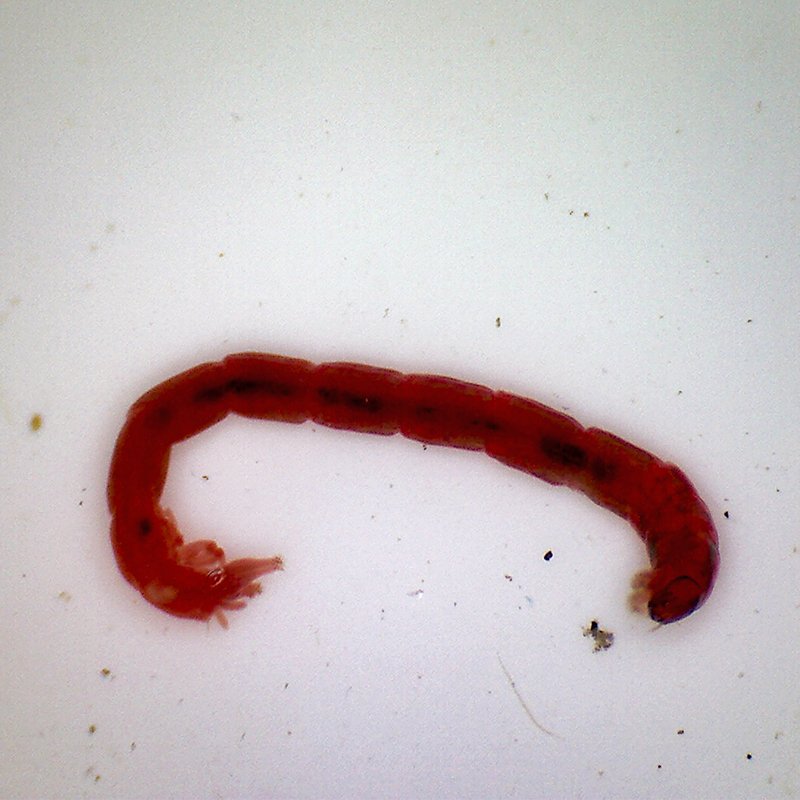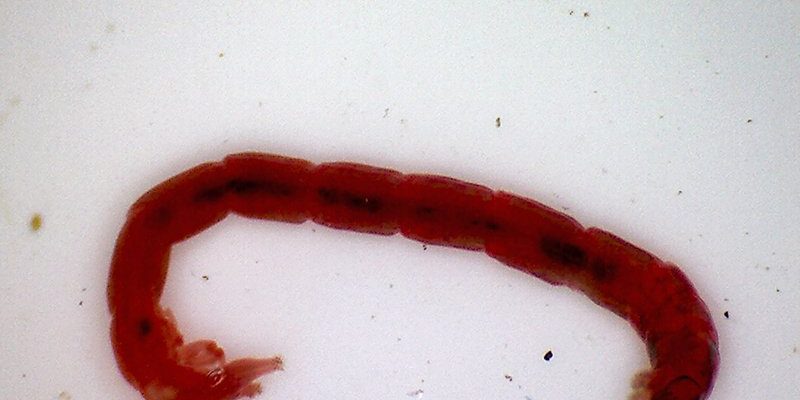
You might be wondering what exactly threatens these fascinating creatures. The truth is, bloodworms face a dual threat: predators and environmental factors. It’s a bit like a game of survival where every player impacts the others, and the stakes are high. Let’s dive deeper into the world of bloodworms and explore what’s endangering their populations.
Understanding Bloodworms
Before we get into the threats, it’s important to know what bloodworms are. These vibrant larvae are the juvenile stage of the midge fly, particularly the Chironomidae family. They thrive in muddy, nutrient-rich environments like the bottoms of lakes, ponds, and marshes. Their bright red hue comes from hemoglobin, which allows them to survive in low-oxygen waters.
Bloodworms are not only crucial for the food chain but are also indicators of water quality. A healthy bloodworm population often means a balanced ecosystem. However, their sensitivity to environmental changes makes them vulnerable. You might think of them like the canaries in coal mines—if they’re struggling, it’s a sign that something isn’t right in their environment.
Natural Predators of Bloodworms
Bloodworms have a variety of natural predators that challenge their survival. Understanding these predators is key to grasping the threats they face.
Fish Species
Many fish species find bloodworms to be a tasty treat. Fish like trout, bass, and catfish often hunt down these small larvae. When bloodworms are plentiful, they serve as an easy source of food for these fish, which can drastically impact their populations.
Aquatic Invertebrates
It’s not just fish that seek out bloodworms. Other aquatic invertebrates, like dragonfly larvae and certain types of beetles, see bloodworms as a food source too. These predators can significantly affect bloodworm numbers, especially in areas where their populations thrive together.
Environmental Threats to Bloodworm Populations
While predators play a significant role in reducing bloodworm populations, environmental threats pose an equally serious risk. Let’s look at some of the key challenges bloodworms face today.
Pollution
One of the biggest threats to bloodworms is pollution. Chemicals from agricultural runoff, sewage, and industrial waste can contaminate waterways. Many pollutants reduce oxygen levels in the water and introduce toxins that can harm bloodworms directly or disrupt their habitats.
When the water quality declines, bloodworms struggle to thrive. Since they need clean, nutrient-rich environments to live in, pollution can lead to a severe drop in their populations, which can ripple through the entire aquatic ecosystem.
Climate Change
Climate change is another significant environmental threat. Changes in temperature and rainfall can alter the habitats where bloodworms live. Warmer water temperatures, for example, can affect their growth and reproduction rates. You might even notice how different weather patterns lead to fluctuations in local water levels, which can dry up the environments bloodworms depend on.
Changes in climate can also introduce new predators or diseases, further complicating their struggle for survival. It’s like playing a game where the rules keep changing!
Habitat Destruction
Another major concern for bloodworm populations is habitat destruction. The development of land for urban areas and agriculture often leads to the draining and filling of wetlands. This activity not only reduces the area where bloodworms can thrive but can also lead to increased competition and predation.
Wetland Degradation
Wetlands are crucial for bloodworms because they provide stable, nutrient-rich environments. Unfortunately, when these areas are drained or altered, bloodworms lose their homes. As wetlands disappear, so do the rich ecosystems that support these tiny creatures.
Competition for Resources
As bloodworms face threats from predators and environmental changes, they also must compete with other species for food and habitat.
Invasive Species
Invasive species can drastically affect the dynamics in aquatic ecosystems. For example, some invading fish or invertebrate species may out-compete bloodworms for food sources or directly prey on them. This added competition compounds the challenges bloodworms already face from their natural predators.
Conservation Efforts and Solutions
Now that we’ve outlined the predators and environmental threats to bloodworm populations, you might be asking, “What can be done about this?” Fortunately, various conservation efforts are in place to help protect bloodworms and their habitats.
Improving Water Quality
Efforts to improve water quality are vital. This includes reducing pollution through better agricultural practices and stricter regulations on industrial waste. Communities can take part in initiatives to clean up local water bodies, which can have positive effects on bloodworm populations.
Protecting Wetlands
Conservation groups are actively working to protect and restore wetlands. These areas are essential for many species, including bloodworms. By preserving and rehabilitating these habitats, we can help ensure that bloodworms continue to play their role in the ecosystem.
While bloodworms might be small, they are essential players in our ecosystems. Sadly, they face numerous threats from predators and environmental changes. Understanding these challenges can help us take steps to protect them.
Whether it’s improving water quality, preserving habitats, or controlling invasive species, every action counts. The next time you fish or enjoy a day by the water, remember the tiny bloodworms beneath the surface working to survive. By fostering a healthy environment, we can help these remarkable creatures thrive for generations to come.

